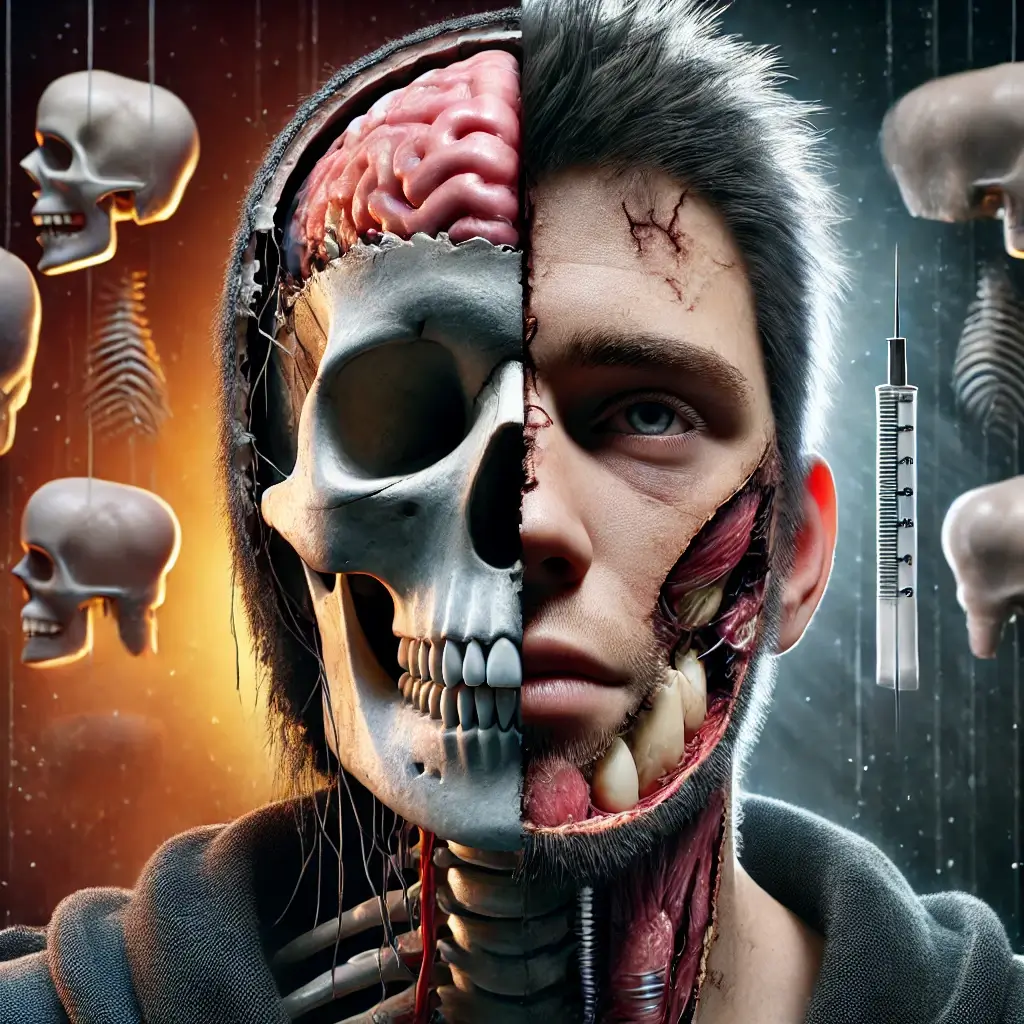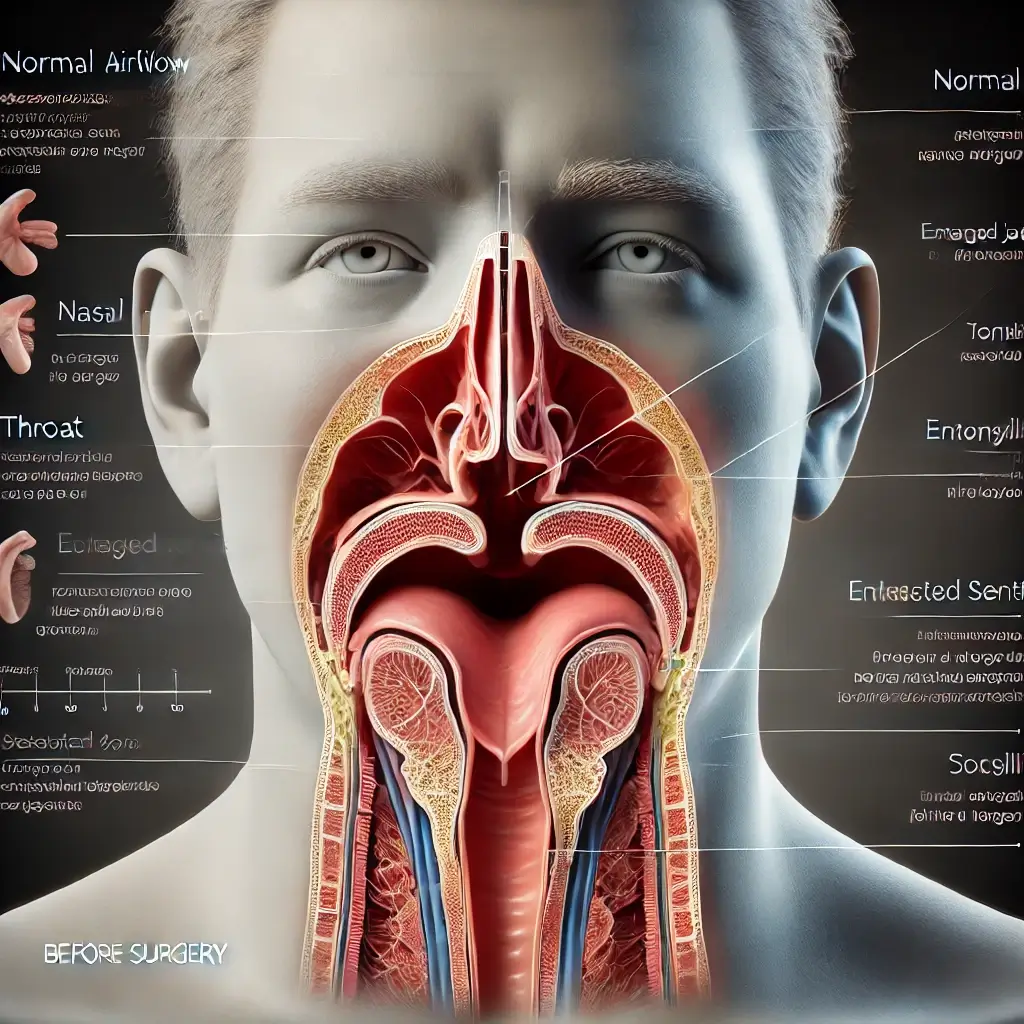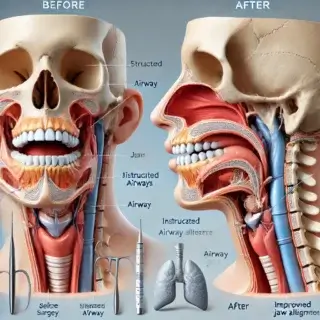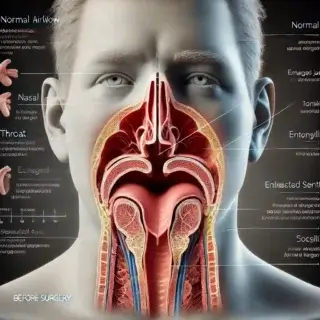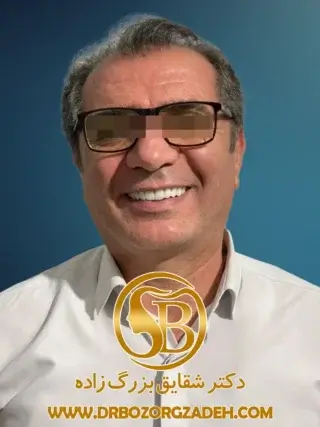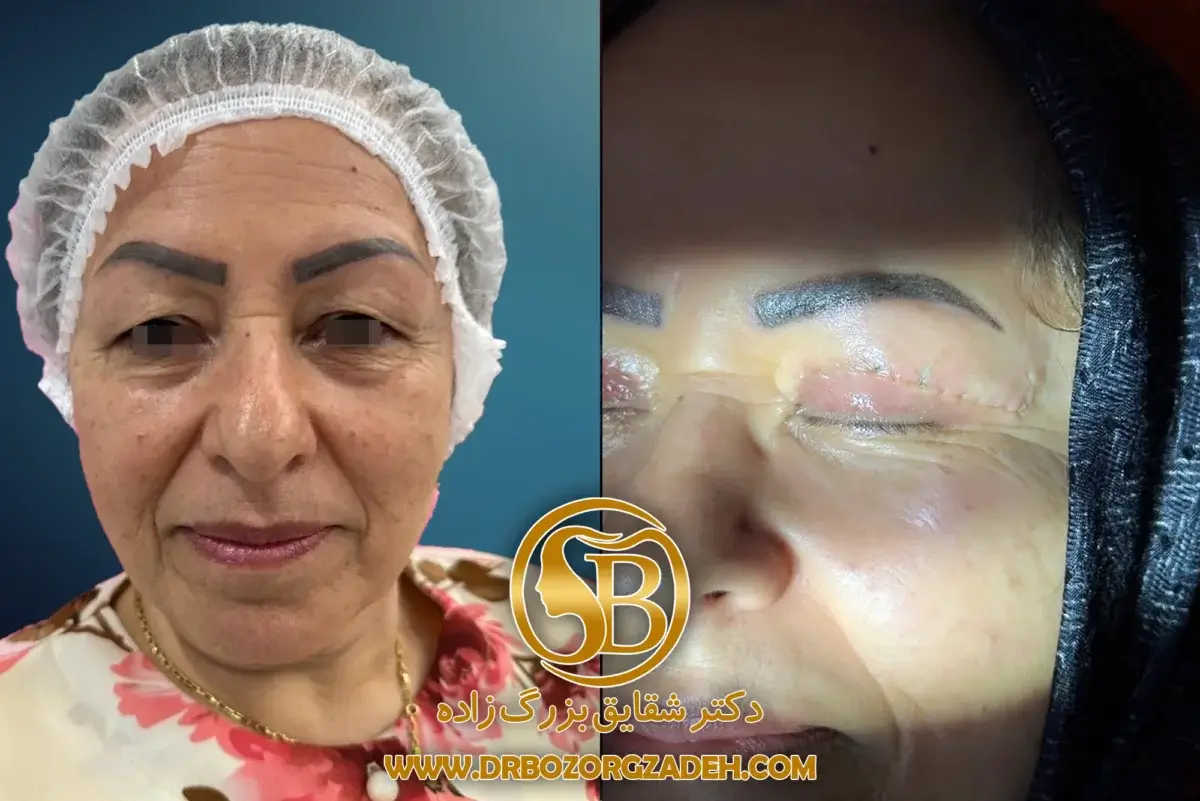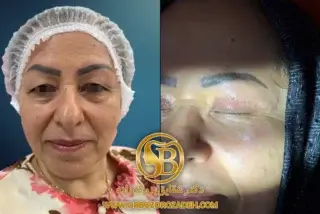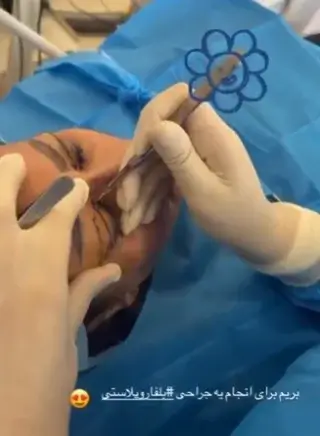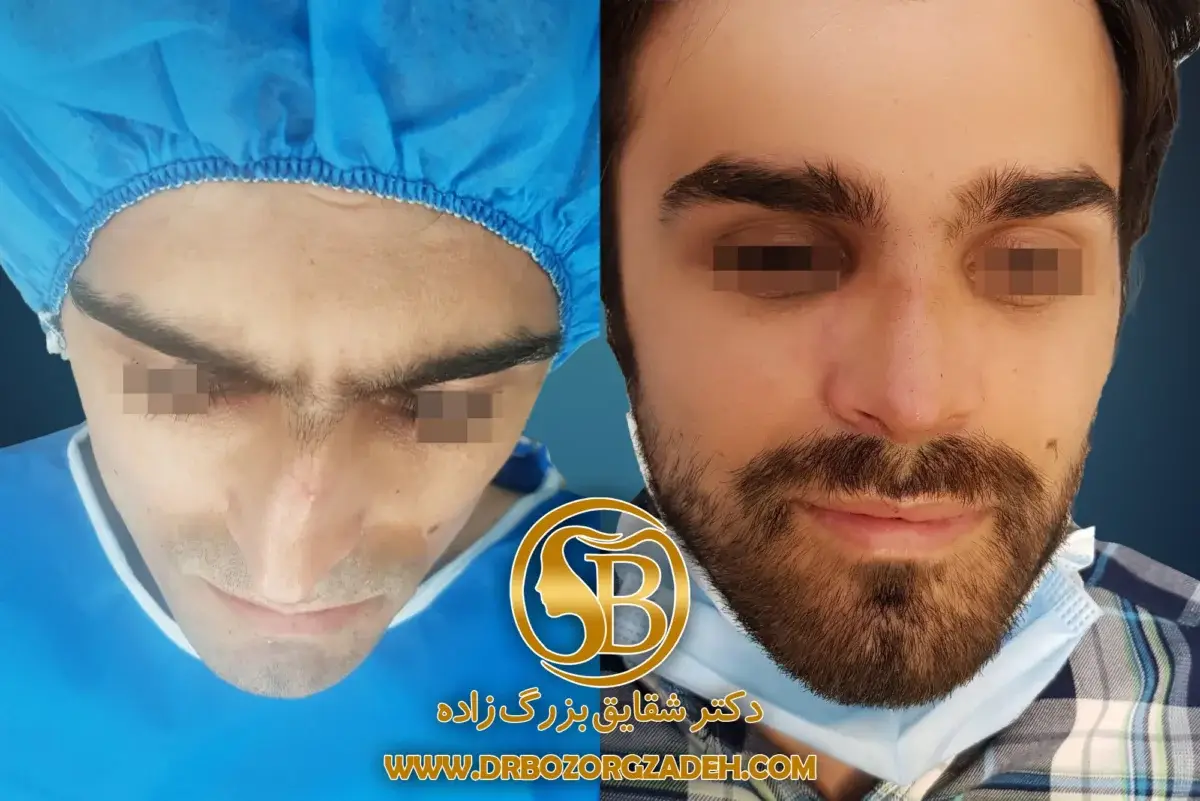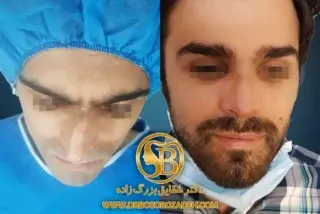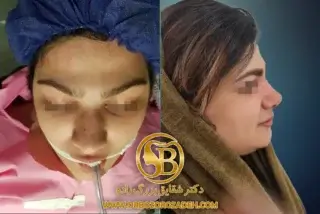Written by Dr. Shaghayegh Bozorgzadeh
As an oral and maxillofacial surgeon , I am proud to share my experiences and knowledge with you. Since I received my specialization in oral and maxillofacial surgery from Shahid Beheshti University in 2019, my goal has been to provide the best specialized services in the field of oral, maxillofacial, and implant surgeries.
Introducing the maxillofacial surgeon and the importance of specialization in this field
Maxillofacial surgery is a complex medical specialty that requires high skill, precision, and experience. This specialty deals with the treatment and management of a wide range of problems related to the jaw, face, mouth, and teeth. From the treatment of congenital anomalies and injuries caused by trauma to performing cosmetic and corrective surgeries, it plays a vital role in improving the function and beauty of patients.
What sets an oral and maxillofacial surgeon apart?
Specialization in maxillofacial surgery goes beyond general dental or general surgical skills. It requires years of training and practical experience, including:
- Specialized training: In addition to dentistry, the maxillofacial surgeon completes specialized surgical and clinical courses related to the jaw, face, and mouth.
- Multifaceted skills: These surgeons are able to perform a wide range of surgeries, including jaw reconstruction, facial cosmetic surgeries, and fracture treatment.
- Use of advanced technology: The use of modern technologies such as 3D imaging and computer-guided surgeries provides more accurate and safer results.
The importance of choosing an expert in this field
Choosing a skilled and experienced surgeon can have a direct impact on the success of the surgery and the patient’s quality of life. In addition to performing the surgery accurately, skilled surgeons provide patients with personalized advice to help them make the best possible decision.
Reasons why specialization is important:
- Reducing complications: Expert surgeons minimize the risks and complications of surgery.
- Lasting results: The surgeon’s experience and skill allow for natural and lasting results.
- Managing complex problems: Expert surgeons are able to manage specific conditions and unforeseen challenges during surgery.
More information What is maxillofacial surgery?
Various applications of maxillofacial surgery specialization
Maxillofacial surgery has many applications in the fields of treatment and aesthetics, including:
- Correction of jaw abnormalities: such as forward or backward jaws.
- Treatment of facial fractures and injuries.
- Cosmetic surgeries and facial reconstruction.
- Surgeries related to dental problems and implants.
Study of the stages of maxillofacial surgery
More information about the role of dental implants in smile reconstruction
Specialist for treatment and beauty
Oral and maxillofacial surgery is a key medical specialty that focuses on the diagnosis, treatment, and management of problems related to the jaw, face, and mouth. This specialty combines science and art to correct abnormal structures and improve the appearance and function of these areas.
Therapeutic areas
1. Correction of jaw and facial deformities
This field includes the treatment of problems that arise due to disproportionate growth or structural damage to the jaw and face.
- Orthognathic surgery: To align the upper and lower jaws.
- Repair of fractures: caused by accidents or severe injuries.
2. Cosmetic surgeries and facial reconstruction
Maxillofacial surgery can have a significant impact on improving the beauty and symmetry of the face.
- Rhinoplasty and jaw surgery: To create balance in the face.
- Regeneration after trauma or disease: such as tumors and lesions.
3. Treatment of dental and oral problems
Oral and maxillofacial surgeons intervene in cases where general dentistry is not sufficient.
- Dental implants: To replace missing teeth.
- Treatment of oral lesions and complex infections.
More information What is maxillofacial surgery?
The role of the maxillofacial surgeon in improving quality of life
Maxillofacial surgery not only improves the patient’s normal function, but also enhances the patient’s self-confidence and beauty. This specialty allows for the correction of functional problems such as difficulty chewing, speaking, and breathing.
Benefits of treatment by an oral and maxillofacial surgeon:
- Restoring balance and beauty to the face.
- Reducing chronic jaw and facial pain.
- Prevention of complications caused by structural abnormalities.
Why is choosing a specialist important?
Choosing a surgeon with high experience and expertise plays a decisive role in the results of the surgery. By utilizing advanced technologies and up-to-date knowledge, he can manage complex problems well and provide natural and lasting results.
Book an appointment or call us
Study of the stages of maxillofacial surgery
When do we need an oral and maxillofacial surgeon?
There are many conditions that may necessitate a visit. With their knowledge and experience in the field of oral, maxillofacial, and facial problems, these specialists play a vital role in treating functional and structural disorders. Below are some of the conditions that may require consultation or surgery.
1. Correction of jaw abnormalities
Problems such as a forward or backward jaw can not only negatively affect a person’s appearance, but can also cause serious functional problems such as difficulty chewing, swallowing, or even speaking.
Signs that jaw deformities need to be corrected:
- Mismatch between the upper and lower teeth.
- Difficulty chewing or biting.
- Asymmetrical facial appearance.
Treatment:
Orthognathic surgery is an advanced procedure that restores functional and aesthetic harmony by changing the position of the jaws.
Further study of the stages of maxillofacial surgery
2. Treatment of jaw and facial fractures caused by accidents
Accidents and severe injuries can result in fractures of the jaw, cheek, or other parts of the face. These injuries require immediate intervention by a skilled surgeon.
Symptoms:
- Severe pain and swelling in the jaw and face.
- Changes in the position of the teeth or inability to close the jaws.
- Extensive bruising and swelling.
Treatment:
It repairs the jaw and facial structure using advanced methods such as fixation with titanium plates and screws.
More information about jaw and facial fractures
3. Resolving respiratory problems related to structural abnormalities
Some structural abnormalities of the jaw and face can cause airway obstruction and breathing problems. These problems often include conditions such as obstructive sleep apnea (OSA) or mouth breathing.
Symptoms:
- Severe snoring during sleep.
- Feeling of choking or shortness of breath.
- Constant mouth breathing instead of breathing through the nose.
Treatment:
It resolves breathing problems by correcting the position of the jaws or reconstructing the airways.
Further study of maxillofacial surgery to correct breathing problems
4. Cosmetic surgeries such as facelifts or chin augmentations
Cosmetic surgeries of the maxillofacial area are performed to improve symmetry, enhance beauty, and correct appearance problems. These surgeries can have a positive impact on the patient’s self-confidence.
Common cosmetic surgeries:
- Facelift to reduce wrinkles and create a more youthful appearance.
- Genioplasty (chin correction) to increase facial proportions.
- Rhinoplasty to achieve greater harmony in facial structure.
More information What is maxillofacial surgery?
Why should we see an oral and maxillofacial surgeon?
Expertise in accurate diagnosis and providing appropriate treatment solutions ensures the patient’s health and improves their quality of life. Referral to these specialists if you notice any of the above symptoms is an essential step to prevent more serious problems.
Book an appointment or call us
Specialties and skills of an oral and maxillofacial surgeon
He is a leading specialist in the field of medicine who, with his multifaceted and advanced skills, can diagnose and treat complex problems in the oral, maxillofacial and facial areas. This specialty is a combination of art and science that enables surgeons to provide precise, aesthetic and functional results.
1. Accurate diagnosis of structural problems
One of the most important skills of an oral and maxillofacial surgeon is the ability to accurately diagnose structural problems. This skill allows the surgeon to identify complex problems that may affect the appearance or function of the jaw and choose the best treatment method.
Tools and techniques used in diagnosis:
- 3D imaging (CBCT): To examine the structure of bones and tissues in detail.
- Biomechanical analysis: To evaluate the function of joints and jaws.
- Comprehensive clinical examination: To diagnose functional problems such as chewing, breathing, or speech disorders.
Read more about the stages of maxillofacial surgery
2. Using modern techniques for minimally invasive surgery
Minimally invasive surgeries are one of the great achievements in the field of maxillofacial surgery , which are performed by expert surgeons using advanced tools and modern technologies. In addition to reducing the risks of surgery, these techniques shorten the recovery period and make the results more accurate.
Features and benefits of minimally invasive surgeries:
- Reduce bleeding and surgical complications.
- Faster recovery and reduced postoperative pain.
- Creating smaller scars and better visual results.
Modern tools and technologies:
- Endoscopy: For surgeries that require high precision and minimal invasiveness.
- 3D guidance: To increase precision in complex surgeries.
- Medical laser: To make precise cuts and reduce surgical complications.
More information about advanced maxillofacial surgery techniques
3. Facial bone and soft tissue reconstruction
The ability to regenerate bone and soft tissues. This skill is especially vital in cases where the patient has suffered severe injuries or congenital abnormalities.
Reconstruction applications in maxillofacial surgery:
- Repair of maxillofacial fractures: Reconstruction of bone structure after accidents or trauma.
- Reconstruction after tumor surgery: replacing lost tissues to restore normal function and appearance.
- Bone augmentation for dental implants: Using bone grafts to create a strong foundation for the implant.
Technologies used:
- 3D printing: For making precise reconstruction models and custom implants.
- PRF (Fibrin-Rich Plasma) Technology: To accelerate healing and increase the quality of tissue regeneration.
Further study of the role of dental implants in smile reconstruction
Complementary skills
In addition to the above skills, he/she must also have the following abilities:
- Managing complex complications and providing combination therapies.
- Communicate effectively with the patient to explain the treatment steps.
- Designing the final results according to the functional and aesthetic needs of the patient.
Maxillofacial surgeon video
To increase your awareness of advanced surgical procedures and treatments, I decided to create a series of specialized educational videos. In these videos, I will cover the following topics:
- Edentulous jaw surgery : methods of correcting jaw problems for patients who have lost all their teeth.
- Ways to maintain dental health : prevention and care tips to prevent oral and dental problems.
- Dental implant : Investigating the stages of implant implantation and the reasons for choosing this method as the best replacement for lost teeth.
Watch educational videos on maxillofacial surgery
The purpose of these videos
My goal is for you to be able to make more confident and informed decisions about your oral and maxillofacial health. These videos will help you:
- Get to know modern surgical methods.
- Learn about the process of specialized treatments.
- Answer your common questions about jaw surgery and implants.
Invitation to watch and learn topics
I invite you to watch this series of videos and if you have any questions or need advice, please contact me via Contact Us . I hope that I can help you maintain and improve your oral and jaw health with these tutorials.





